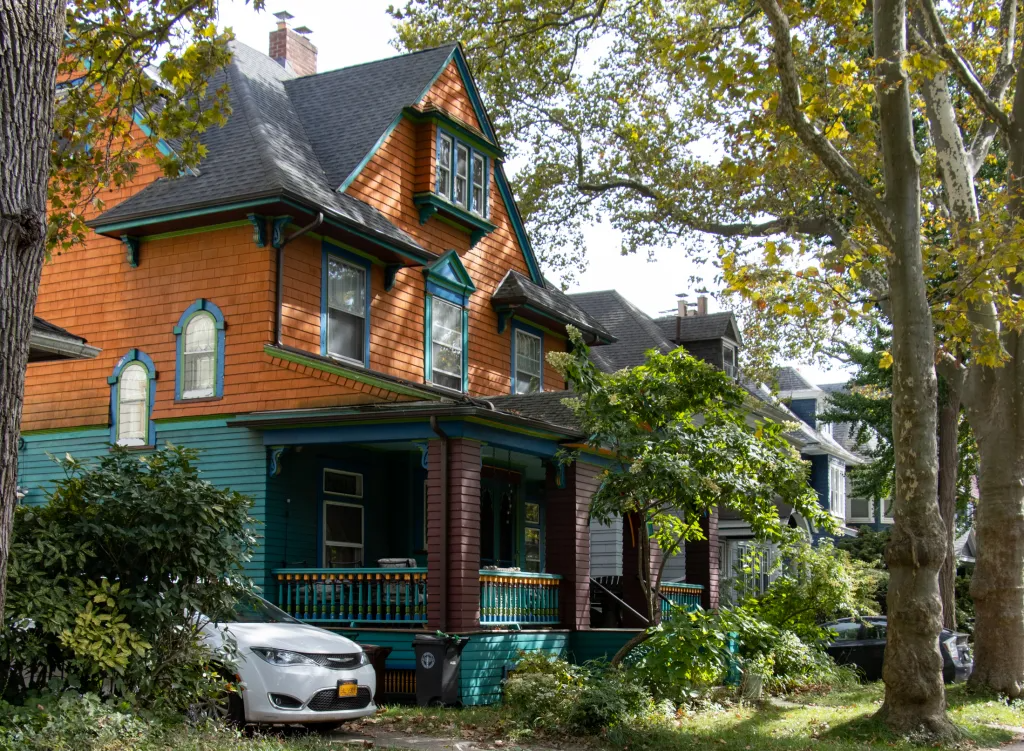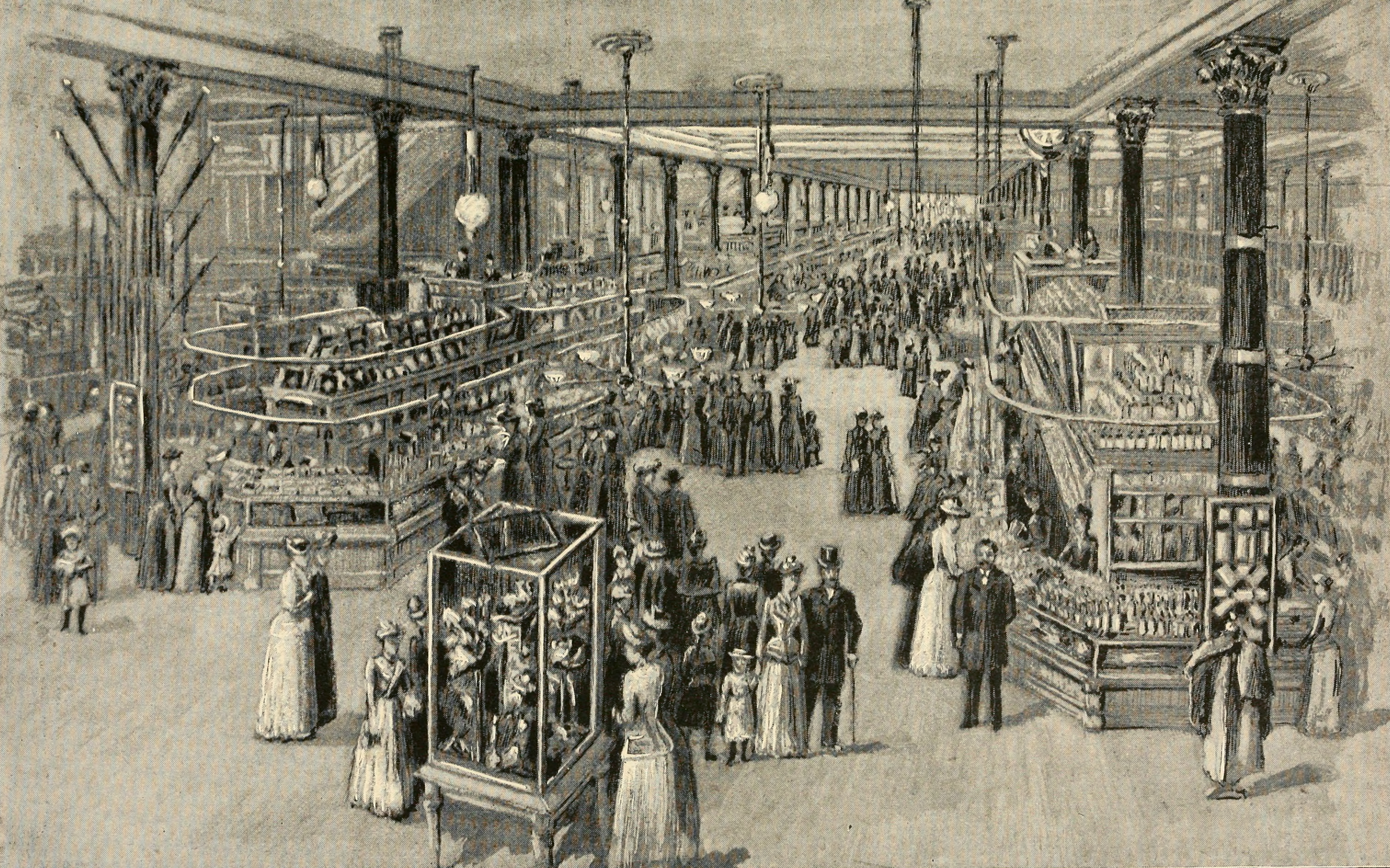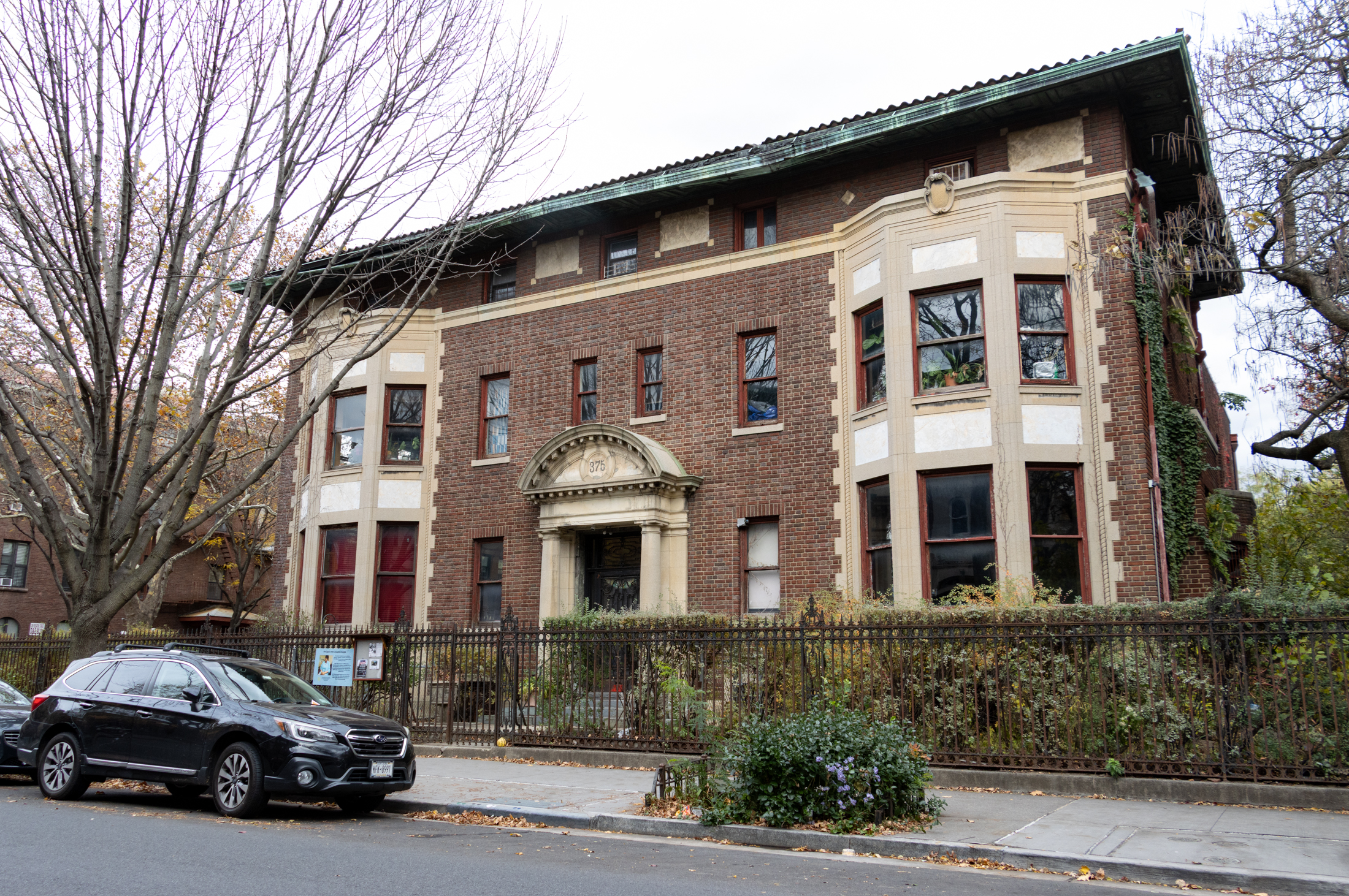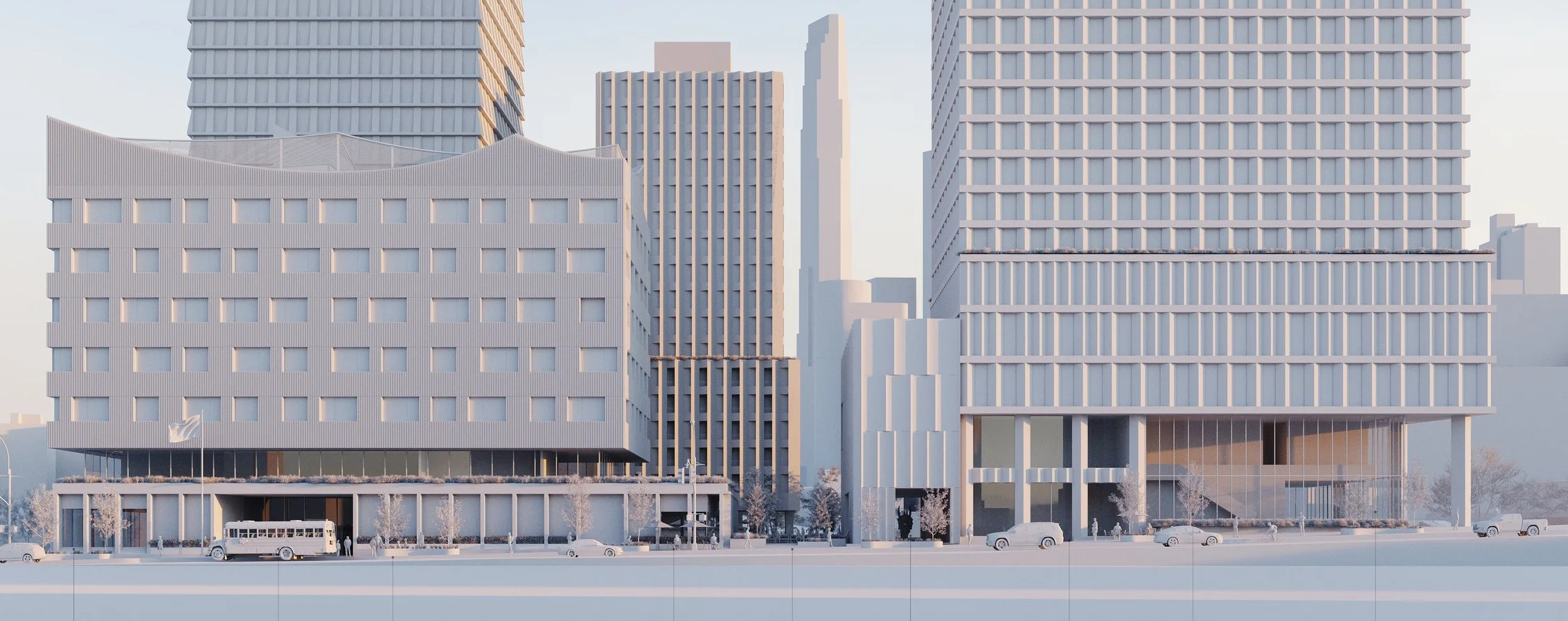Open House Picks
Carroll Gardens 447 Sackett Street Brooklyn Bridge Realty Sunday 12-1:30 $1,299,000 GMAP P*Shark Prospect Lefferts Gardens 42 Midwood Street Jackie Wong Saturday 3-5 $1,150,000 GMAP P*Shark Midwood 1431 Glenwood Road Fillmore Sunday 12-1:30 $969,000 GMAP P*Shark Bedford Stuyvesant 366 Putnam Avenue Century 21 Sunday 11:30-1 $739,000 GMAP P*Shark

 Carroll Gardens
Carroll Gardens
447 Sackett Street
Brooklyn Bridge Realty
Sunday 12-1:30
$1,299,000
GMAP P*Shark
 Prospect Lefferts Gardens
Prospect Lefferts Gardens
42 Midwood Street
Jackie Wong
Saturday 3-5
$1,150,000
GMAP P*Shark
 Midwood
Midwood
1431 Glenwood Road
Fillmore
Sunday 12-1:30
$969,000
GMAP P*Shark
 Bedford Stuyvesant
Bedford Stuyvesant
366 Putnam Avenue
Century 21
Sunday 11:30-1
$739,000
GMAP P*Shark





NOP–I’ve read Curbed all of maybe three times. I barely skimmed the comments because I found them immature, offensive, and lacking any kind of substance. I’m certain they are written by meat heads and/or frat boys in their 20s. It’s crap.
However, I love this blog. I believe the neighborhood-bashing on this site, however, is very intense and thoroughly articulated. I think it is in a different league all-together. Maybe it’s just because there are more actual buyers, sellers, and brokers posting comments on this site, and everyone has a vested interest in their position. I’m also sure that in person, though, most of these supposed prejudices disappear (or at least I hope so). I would hate to be judged on whether I frequent the Tiny Cup in Bed-Stuy or push a stroller down Montgomery Place.
BTW, I love reading your posts.
I would take any house in Carroll Gardens to me it is the top 3 of nabes. I wish i could afford it. looks nice
6:03:
As a former Brooklynite and current Manhattanite, I suggest you check the real-estate blog, Curbed, to find out what people in our borough are saying about neighborhoods other than their own. As can be expected, the bashing is directed mostly at black and brown neighborhoods such as Harlem, Washington Heights, and Inwood, but it also often takes aim at Midtown’s Murray Hill, the mostly white area where many newly-minted college graduates live (with comments frequently tinged with sexism and anti-Semitism).
Both Brownstoner and Curbed have broken me from my shell. Until reading them, I had the general impression that New York had grown into a socially reasonable place, having improved since the days of my boyhood in Crown Heights during the 1950’s. No more — ‘fo sure!
Nostalgic on Park Avenue
Cut it with the ghetto ref. to the Bed-Stuy house. You have not been to this area of Bed-Stuy, so you obviously don’t know what you are talking about.
If you don’t know a nabe, keep your mouth shut and your fingers off the keyboard.
Montrose: A good assessment of the place in your post.
6:38-
I’m sure there are some who do, but even so. People buy into fringe neighborhoods for a variety of reasons, and the truth of the matter is neighborhoods are far more complex than news reports would have you think. Word of mouth alone will not protect anyone’s investment- there has to be more behind it. I just object to the wholesale assumption that those who defend their neighborhood are lying. What i do beleive is that the pricing is driven by real estate investors who look at the long term. Brooklyn is prime real estate these days and Bed-Stuy, with the gentrification jump-start it has, looks good to them. And they want as much money as possible. Yes- so do sellers, but most sellers go to a professional for their expertise and knowledge. I (horrors!) rent in CH. I love here. I’m White and have never been treated with anything but respect since I moved here. So it’s not the Upper East Side. It’s also so not the hellhole some people insist it must be.
I think prices are inflated all over NYC and the inflating of prices is no good for anyone.
As for: “We will surely continue to see the ramifications of this upper class, lower class situation as it plays out in the impending recession in Bed Stuy as the folks who have lived there in poverty for generations come to grips that many of their new neighbors continue to prosper as they are left behind…”
i think you are making several assumptions. One is that poor people are inherently violent and jealous and will try to destroy their neighbors who have money. The second assumption is that people will simply ocntinue to be left behind- as if they have no interest in or desire to change.
A look at the changes in this country over the last 25 years or so disprove those assumptions. Everything changes, and while Bed-Stuy may take longer to “gentrify” based on the economy, it will still happen.
It is also a disservice to forget the many men and women who live in these neighborhoods who work and pay taxes and raise their families. They’ve always been there, they’ve always fought to better things and improve things. If Bed-Stuy, or Crown Heights, or PLG or any of the “fringe ” neighborhoods didn’t have this core, we wouldn’t be discussing them on Brownstoner today.
Indeed, a current trend in advanced industrial economies is the dismantling of the welfare state. Since 1990, the number of people qualifying for Public Assistance in Community District 3 has declined from 45,483 to 23,029.(57) It would thus appear, at first sight, that poverty decreased in Bed-Stuy. According to the Brooklyn Chamber of Commerce report (58), the percentage of households earning less than $10,000 annually went from 35% in 1990 to 24% in 2000 (59). Converting to 2000 dollars, we can restate this statistic above this way: In 1990 18,986 households earned less than $13,175 (in 2000 dollars) and in 2000, 12,729 households earned less than $10,000. It would seem therefore that poverty in absolute numbers has not significantly decreased. What has decreased, however, is the number of people qualifying for welfare benefits. Indeed, from 54% in 1997, the rejection rate for welfare in New York City rose to 75% in 1998. (60)
Things are improving certainly, but it is pretty ridiculous to pay million dollar pricetags for a neighborhood described like this:
Bedford-Stuyvesant, more commonly known as Bed-Stuy, is a neighborhood in transition. Not long ago it was known as the largest ghetto in the US(1). Mary H. Monomi opened her 1973 book on Bed-Stuy asking: “Why would anyone want to live there?â€(2) Today it would be interesting to ask the opposite question: “Why do so many people want to live there?†Although the neighborhood can no longer be reduced to that identity, the ghetto is still present in Bed-Stuy. Almost half of the households live with less than $25,000 a year(3). Crime continues to be well above the city average, abandoned buildings and vacant lots are still part of the landscape, and the motto of Bed-Stuy is still “do or die.†However, recent social, demographic transformations are changing the neighborhood’s identity.
6:22….So you don’t think people who bought at the top of the market in a fringe area might try to convince other people that their neighborhood is better than it actually is to convince themselves they are just fine? I’m not suggesting MM does this, because I think he/she actually does love the neighborhood, but it certainly does happen.
When you are spending a million bucks for a home in a neighborhood, which in other cities would literally be called the ghetto….sure there is some skepticism.
I like Bed Stuy just fine. But there is no way in heck I’d pay the kinda prices people ask there. It’s crazy talk.
When Ft. Greene and Park Slope were in similar states of starting the wave of gentrification that Bed Stuy is now, homes cost about 100-200K.
NOT A MILLION!
It makes for a very unstable and unhealthy neighborhood.
We will surely continue to see the ramifications of this upper class, lower class situation as it plays out in the impending recession in Bed Stuy as the folks who have lived there in poverty for generations come to grips that many of their new neighbors continue to prosper as they are left behind…
again.
Didn’t feel like wading through the 88 comments, but did anyone notice that the taxes on the BS place are only $130 a month? I mean, right there is a reason to buy in a fringe neighborhood. NYC taxes are absurdly low, but this would save you $10-20K a year vs. a big condo or co-op…just something to consider.
Over 20 years, you’d have an extra 200-400K in cash.